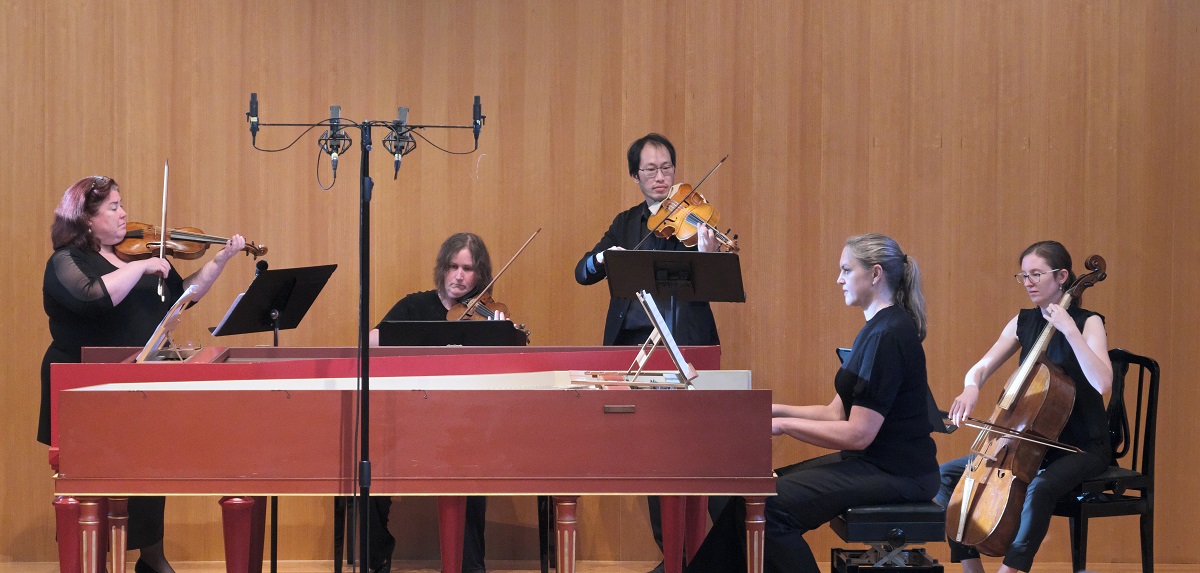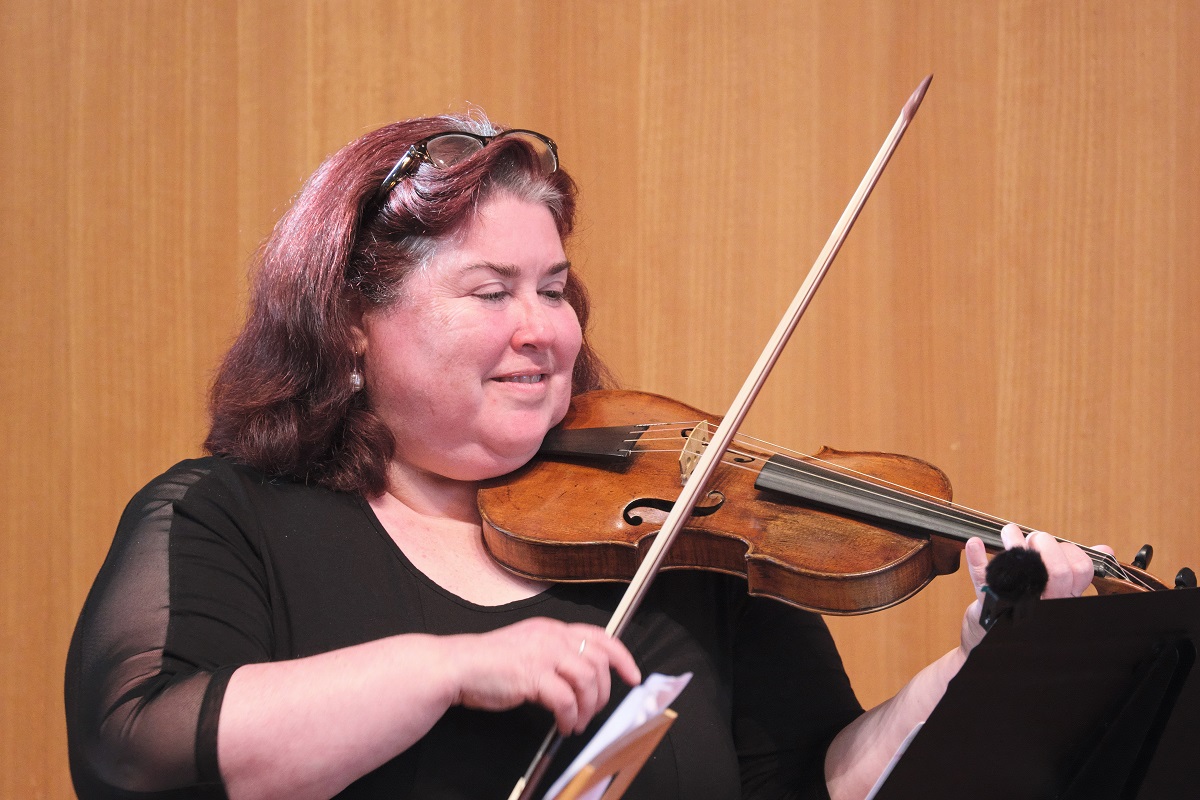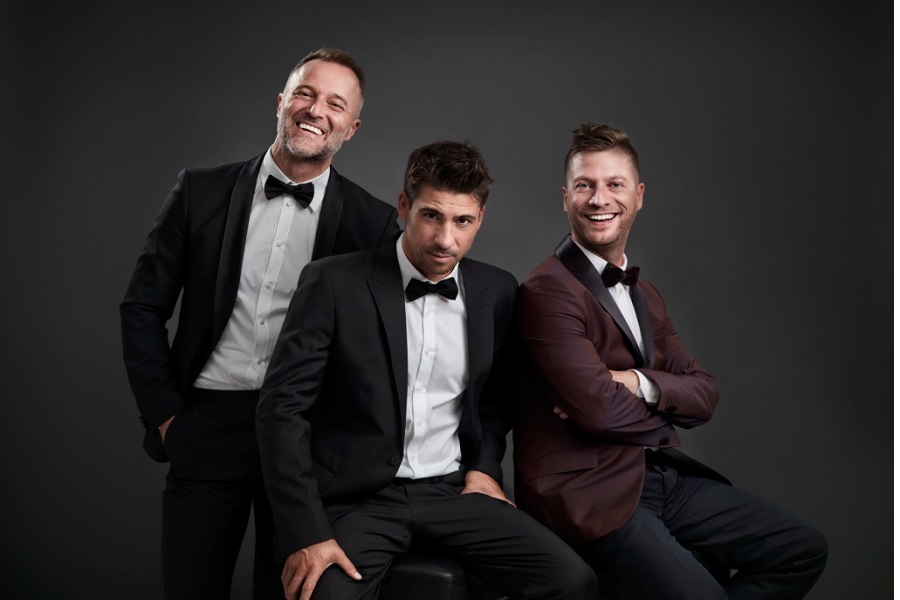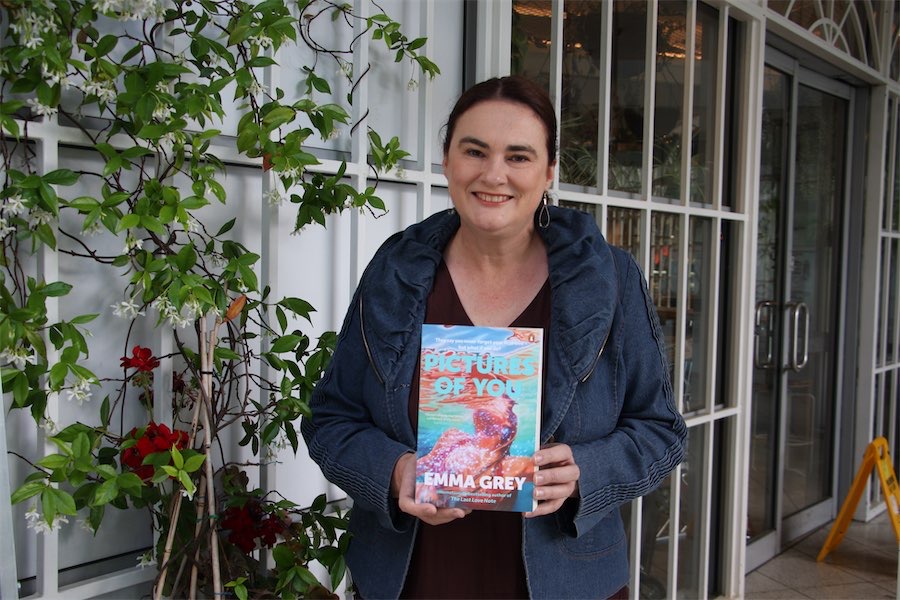
Music / “Cembali”, Limestone Consort. At Wesley Music Centre, May 14. Reviewed by ROB
KENNEDY.
WHAT’S better than one harpsichord? Two harpsichords.
This concert showed the importance of the harpsichord as a solo instrument and as a continuo that includes bass lines and harmonies.
A year after the last Cembali concert where Limestone Consort performed the “Concerto for Two
Harpsichords in C Major”, BWV1061, by JS Bach, this year they played his “Concerto for Two
Harpsichords in C minor”, BWV 1060. Like last year, they performed it on baroque instruments at
A415 pitch.
The performers were Lauren Davis and Michelle Higgs, violin; John Ma, viola; Clara Teniswood, cello; Ariana Odermatt and James Porteous, harpsichord.
The concert began with the Swedish Baroque composer Johan Helmich Roman’s “Sinfonia in G”.
The stately almost folk-like tune that opened the Sinfonia expressed a perfectly rounded even
composition. The broad “larghetto” second movement nicely counterbalanced the first. The
“allegro” last movement was like a gigue with first and second violins in unison, driving the dance-
like melody throughout. It was a delightful piece of early Swedish music that we need to hear more
of.

Then another “Sinfonia in G”, but this one by the German violinist and composer Johann Friedrich
Fasch. The harpsichordist swapped from Odermatt to Porteous.
In four movements, the noticeable change in the style of music from the Swedish to this German
composer was immediately evident. More formal than folk, the music had a diversity and complexity that sounded intricate and spoke many ideas at once.
Every movement distinctly different from the other, made it music that holds your attention through a greater variety of feelings.
In Bach’s “Concerto for two Harpsichords in C minor”, the different textures between the two
harpsichord scores were quite clear. Such was Bach’s genius as a composer he could write two parts for the same instrument played at the same time and have each part clearly identifiable.
I always find it fascinating to compare composers of Bach’s era to the great composer himself.
Instantly recognisable and unique to every other composer, Bach’s music is his fingerprint, the DNA of his being.
The two harpsichords not only added to the complexity of the piece, they added a noticeable
dynamic difference. At concerts with harpsichords, it’s difficult to distinguish the instrument from
the ensemble. But with both instruments in front of the other players, it was a pleasure for the ears.
The “adagio”, at walking pace, is a lesson in high-quality music making. The clarity of sound through the perfect chord progression lies at the heart of all Bach’s music. It was so well performed many people in the audience were swaying along.
If it was possible, the final “allegro” was even better. This music makes a profound statement, and it does it perfectly.
Based on Shakespeare’s “A Midsummer Night’s Dream”, selections from “The Fairy Queen”, by Henry Purcell ended the concert. This is another well-formed piece of music. The eight pieces performed all sat in a joyful mode. This celebration of sound in major themes was a delightful way to end an afternoon of bouncing Baroque music.
Who can be trusted?
In a world of spin and confusion, there’s never been a more important time to support independent journalism in Canberra.
If you trust our work online and want to enforce the power of independent voices, I invite you to make a small contribution.
Every dollar of support is invested back into our journalism to help keep citynews.com.au strong and free.
Thank you,
Ian Meikle, editor




Leave a Reply